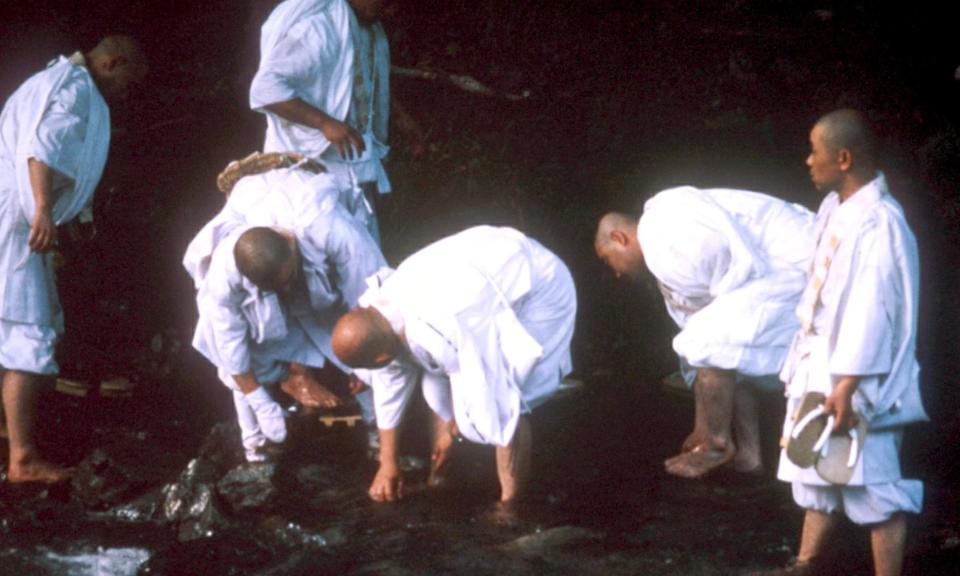A short history of running very long distances

Ultra-marathons have a long history (‘No limits’: how the marathon was overtaken in sprint to stretch horizons, 19 April). In 1809 Robert Barclay Allardice walked a thousand miles in a thousand hours on Newmarket Heath, for a bet of a thousand guineas. And then in the 1880s there were the “Wobbles”, six-day indoor races, at the agricultural hall in Islington, ending in a record of 623 miles, which, like the hall, still stands. Finally, there were in 1928 and 1929 CC Pyle’s Trans‑American races on which my novel Flanagan’s Run was based.
Tom McNab
St Albans
• Talking of distance running, do not forget the Buddhist “marathon monks” of Mount Hiei in Japan. They run between 40km and 84km for 100 consecutive days, sometimes twice in a year, for seven consecutive years – on mountain paths, wearing straw sandals and robes.
Stuart Mealing
Appledore, Devon
• Do you have a photograph you’d like to share with Guardian readers? If so, please click here to upload it. A selection will be published in our Readers’ best photographs galleries and in the print edition on Saturdays.

 Yahoo Sport
Yahoo Sport 





































